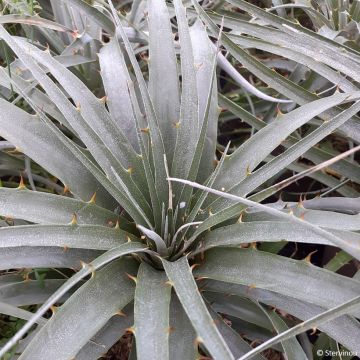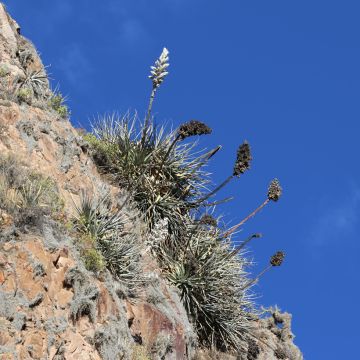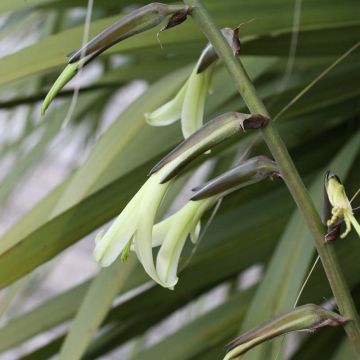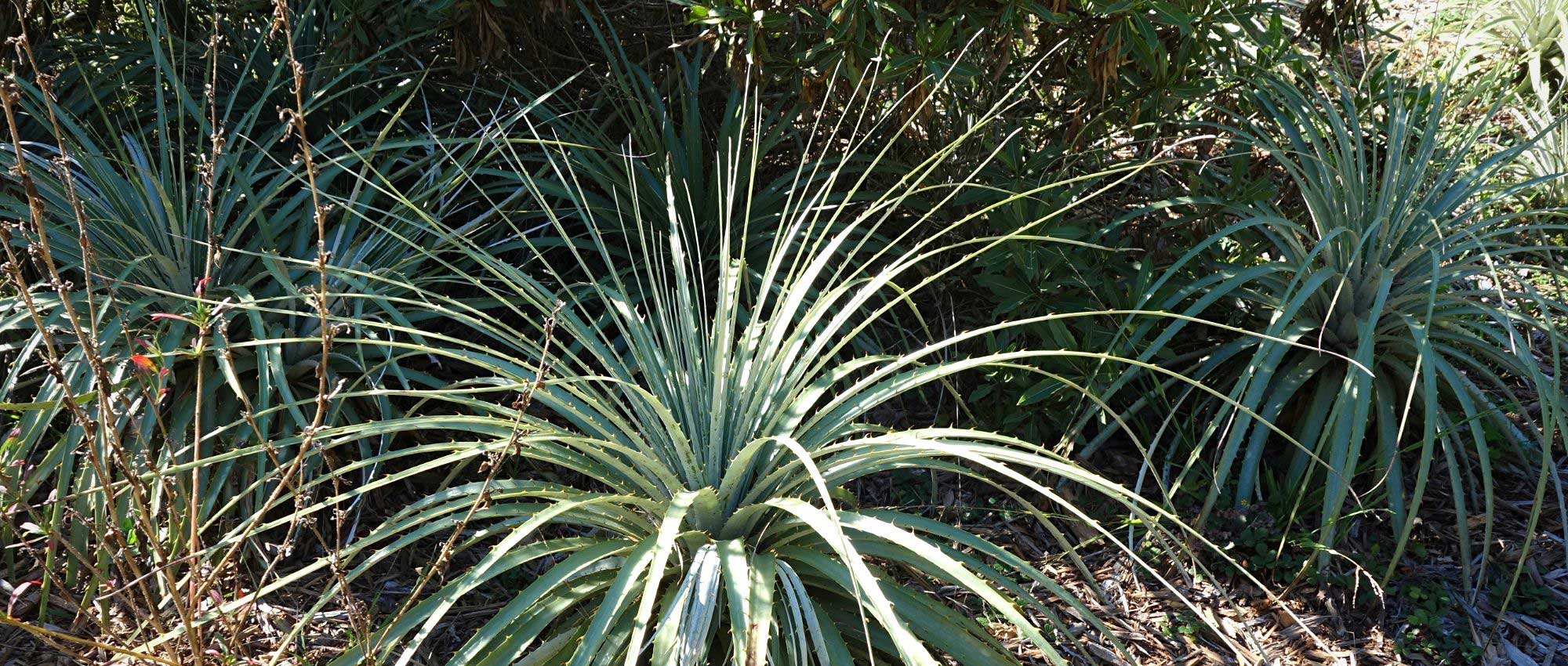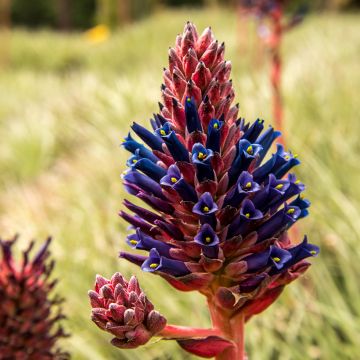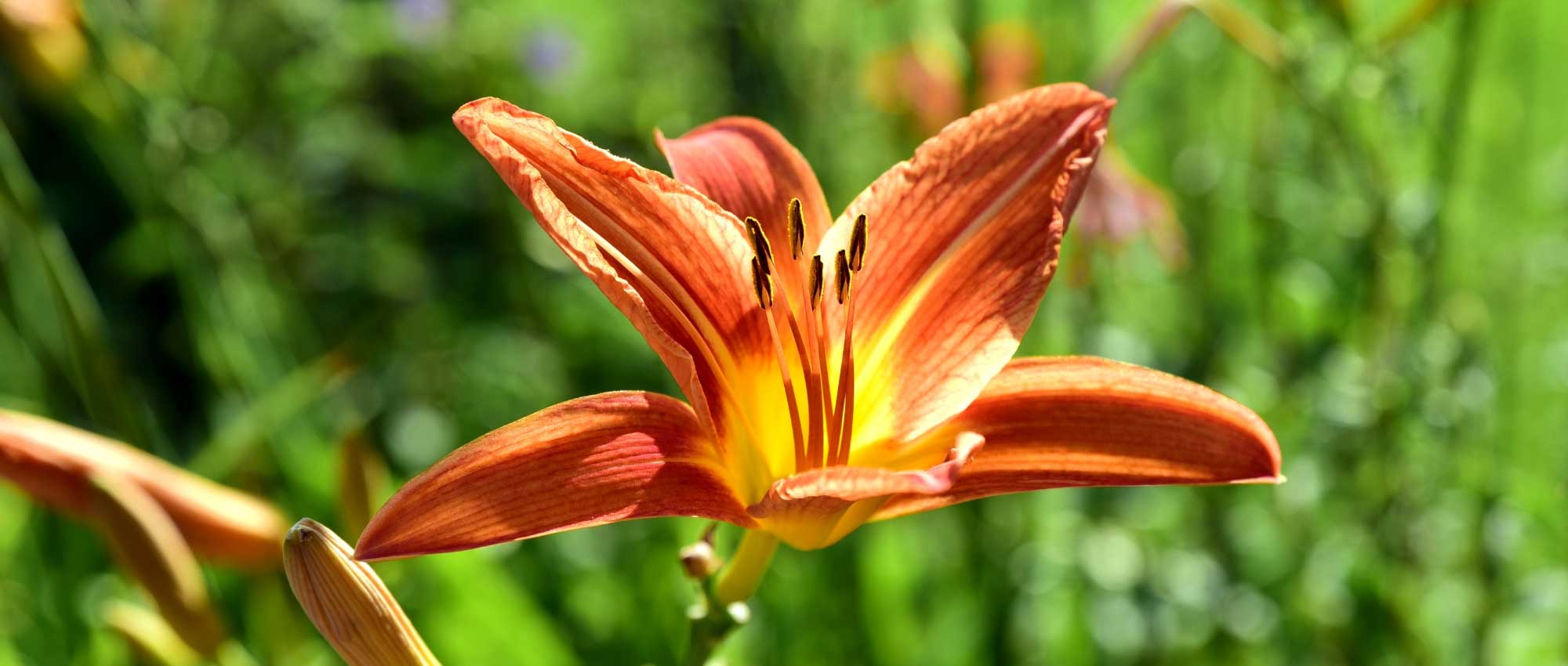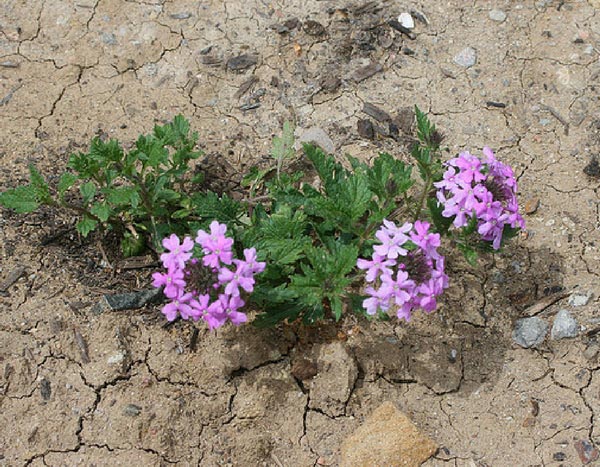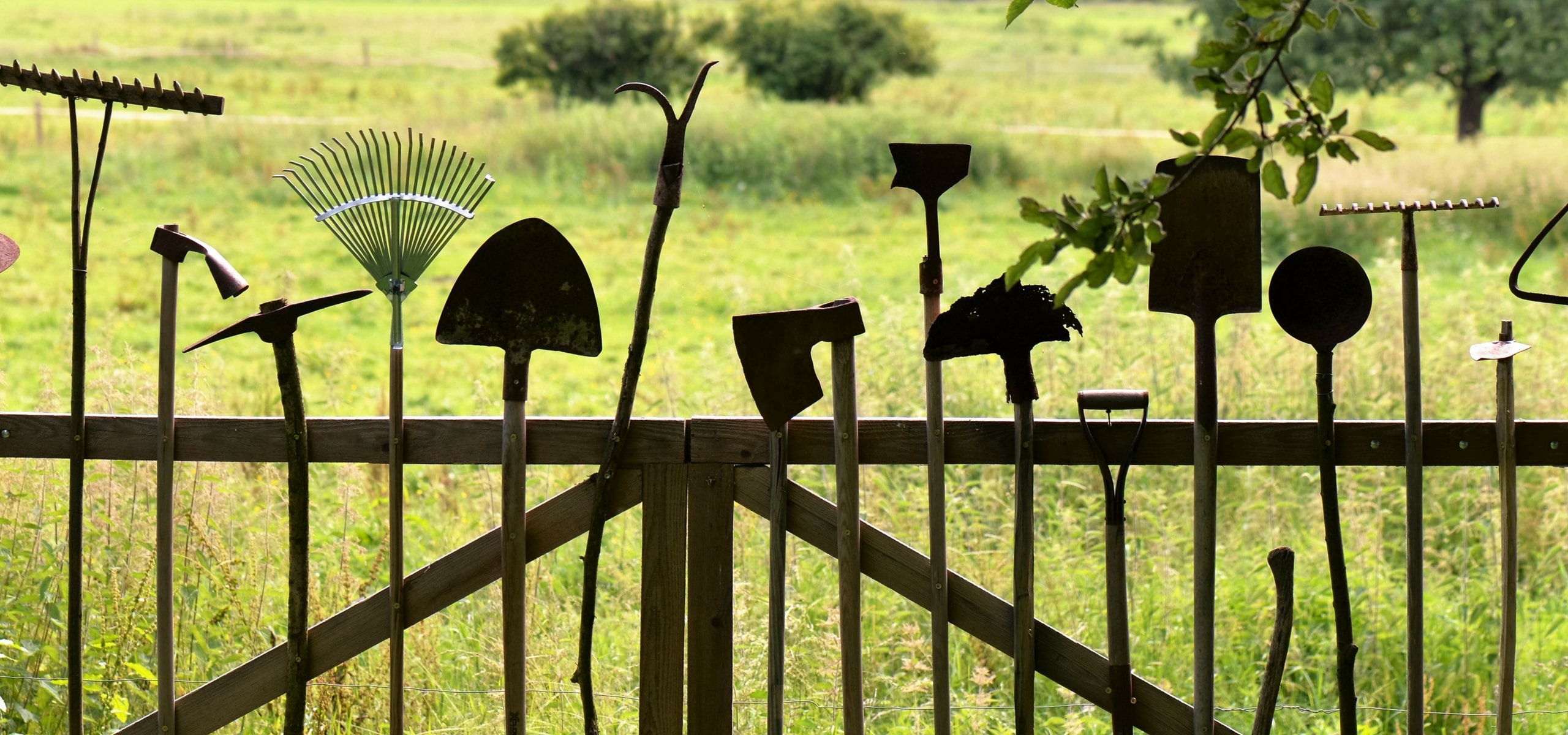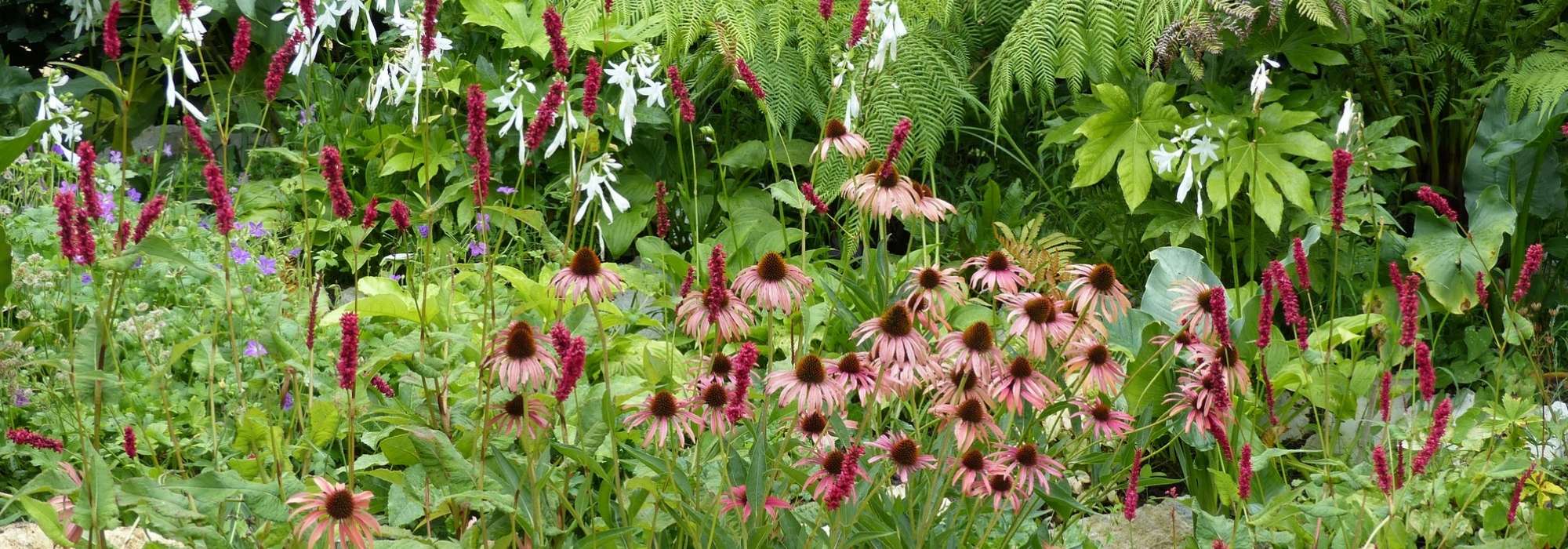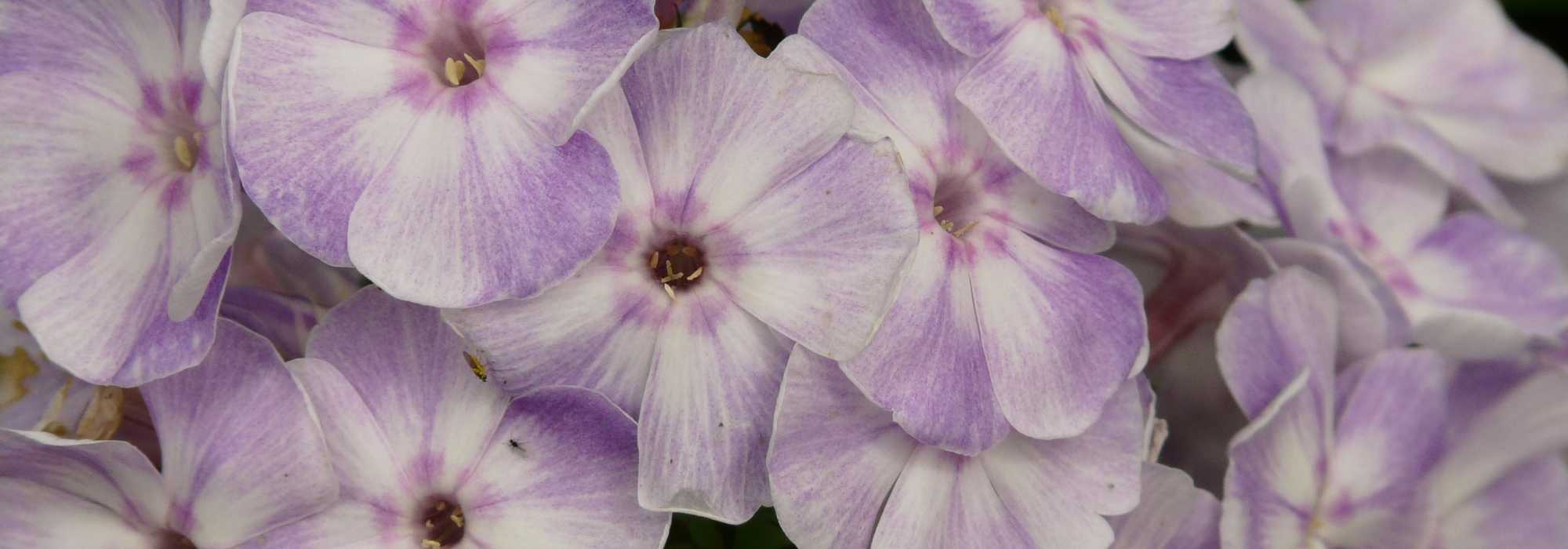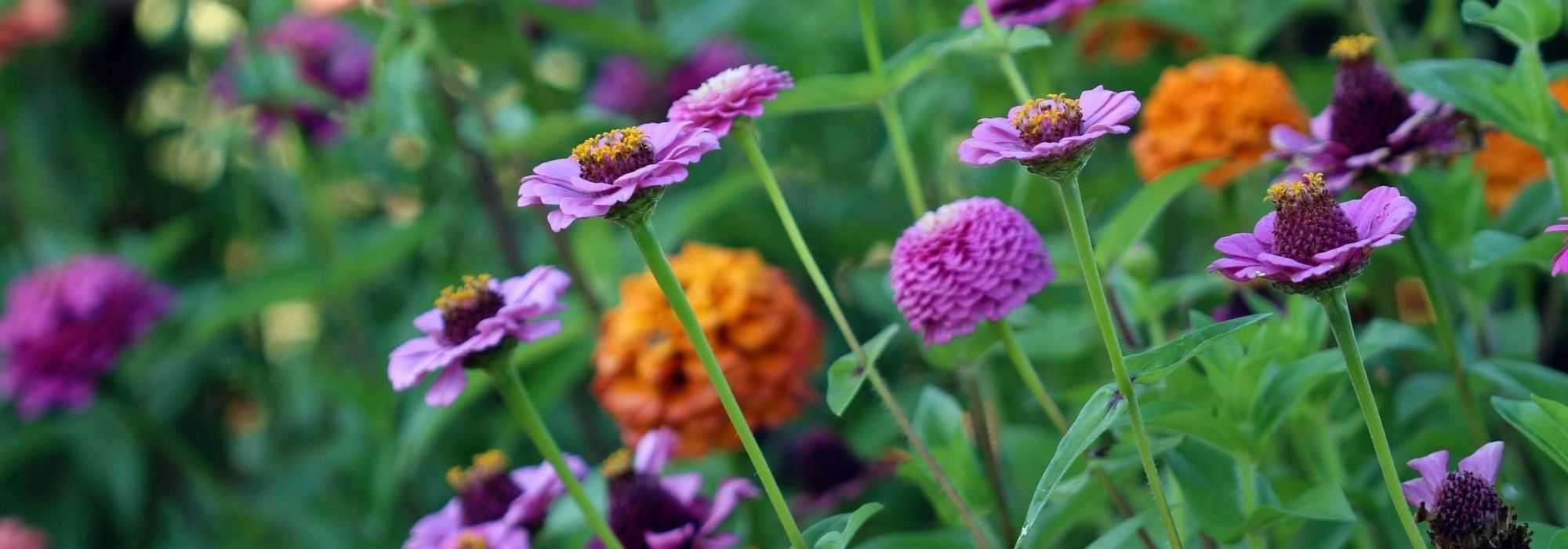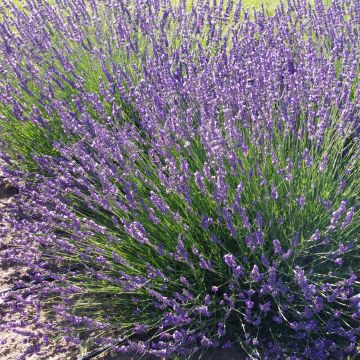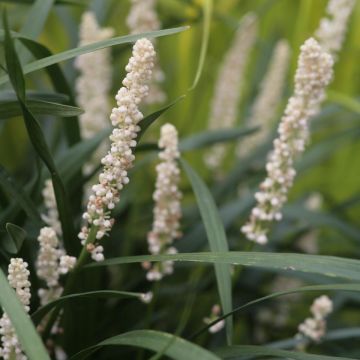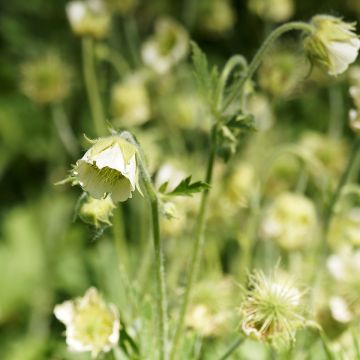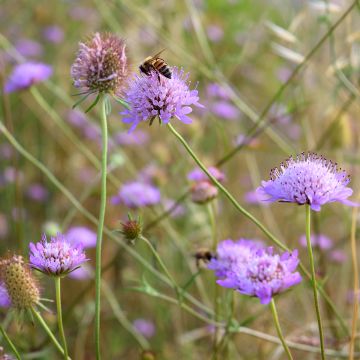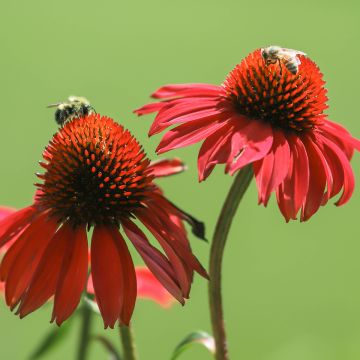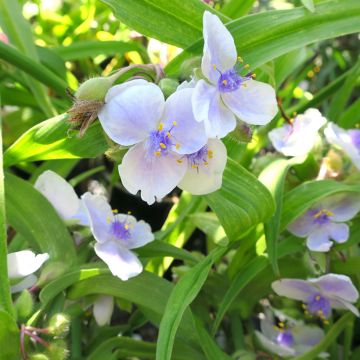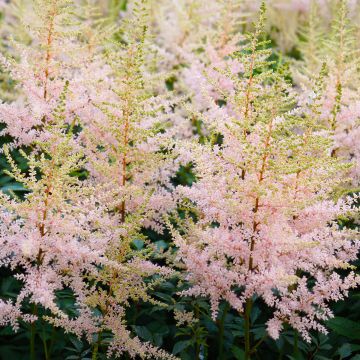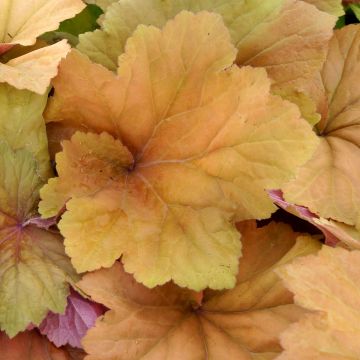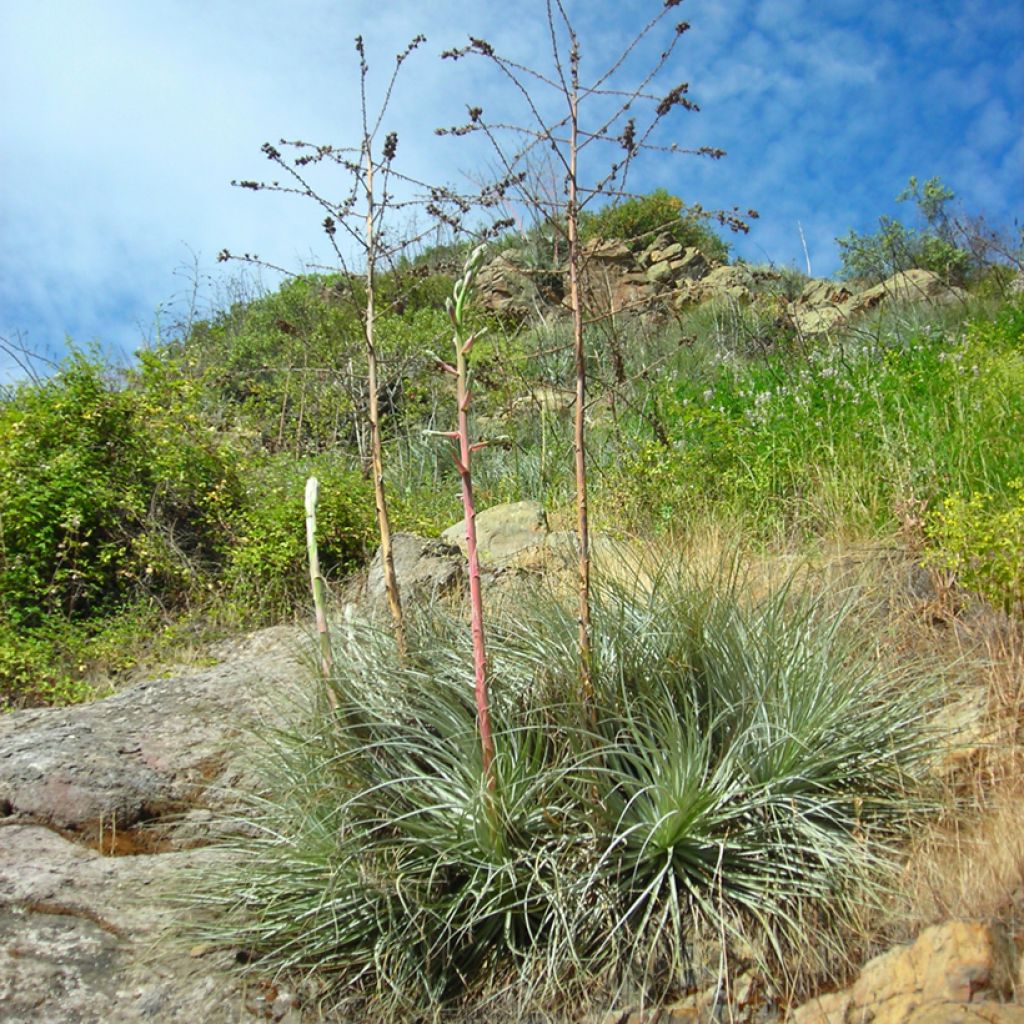

Puya coerulea Violacea - Blue puya
Puya coerulea Violacea - Blue puya
Puya coerulea 'Violacea'
Blue puya
Special offer!
Receive a €20 voucher for any order over €90 (excluding delivery costs, credit notes, and plastic-free options)!
1- Add your favorite plants to your cart.
2- Once you have reached €90, confirm your order (you can even choose the delivery date!).
3- As soon as your order is shipped, you will receive an email containing your voucher code, valid for 3 months (90 days).
Your voucher is unique and can only be used once, for any order with a minimum value of €20, excluding delivery costs.
Can be combined with other current offers, non-divisible and non-refundable.
Why not try an alternative variety in stock?
View all →This plant carries a 12 months recovery warranty
More information
We guarantee the quality of our plants for a full growing cycle, and will replace at our expense any plant that fails to recover under normal climatic and planting conditions.
Would this plant suit my garden?
Set up your Plantfit profile →
Description
Puya caerulea 'Violacea' is a particularly decorative form of the Flower of the Andes, a bromeliad native to Chile. This perennial forms a rosette of long, slender leaves with silvery highlights, decorative even in winter. The mature rosette blooms spectacularly. The flower spike, which can rise up to 2 m in height, is adorned with intensely violet-blue flowers. This exotic-looking variety is quite resistant to dry cold, down to -10 °C. It should be planted in a large sunny rockery, even in very dry summer conditions.
Puya coerulea var. violacea is a perennial plant belonging to the Bromeliaceae family. This variety is endemic to central Chile, particularly the regions of O'Higgins, Maule, and Biobío, where it thrives between 400 and 1,200 m in altitude on rocky outcrops within sclerophyllous vegetation. The species was first described by Adolphe-Théodore Brongniart in 1847 under the name Pitcairnia violacea, before being reclassified into the Puya genus. It grows on sunny, well-drained slopes, often in association with sclerophyllous bushes. It tolerates Mediterranean climates well, where summers are very dry.
Puya coerulea Violacea is a stemless plant. It forms a dense rosette of long basal leaves. Its evergreen foliage consists of greyish-green, linear leaves reaching up to 1 m in length. The margins are finely toothed and thorny, an adaptation that helps deter herbivores. During flowering, which occurs in summer in our latitudes, this puya reveals a flower spike that can reach between 1 and 2.7 m in height. The inflorescence is erect, branching, and reddish, while the tubular flowers are an intense blue-violet. Each flower, nestled in a reddish calyx, measures about 3 to 4 cm in length. After flowering, the mother rosette dies, but puya ensures its longevity by producing offsets, a typical reproductive method for bromeliads. Its growth cycle is slow, with the plant taking several years to reach maturity and bloom. The fruits are dehiscent capsules, releasing numerous small winged seeds that are dispersed by the wind.
Puya coerulea var. violacea is an exceptional, architectural plant that transforms arid environments. Give it a prime spot in your Mediterranean garden, particularly in a large exotic rockery or a gravel bed. It can be planted as a standalone to highlight its architectural habit, but it also integrates harmoniously into a bed of drought-resistant plants, where its tall flower spikes elegantly punctuate the composition.
Consider pairing it with Agave ovatifolia, whose broad blue-grey rosettes provide an interesting contrast to the puya's slender leaves. To add height, plant an Eryngium agavifolium with its rigid, thorny leaves. Finally, for staggered flowering and an intriguing play of textures, opt for Dasylirion wheeleri. Its fountain-like habit and thread-like foliage will soften the scene while maintaining a "desert" style.
Flowering
Foliage
Plant habit
Botanical data
Puya
coerulea
'Violacea'
Bromeliaceae
Blue puya
Puya coerulea var. violacea
Andes Mountains, South America
Other Puya
View all →Planting and care
Puya caerulea Violacea is best planted in spring, except in Mediterranean coastal areas where October planting is preferable. Choose a sunny location, or even partial shade in the afternoon in very hot regions. Plant it in well-drained soil, enriched with pumice, compost, and gravel. It is hardy down to -10°C if the soil remains almost dry in winter. You can place gravel mulch around its base to ensure good drainage for the plant's collar. In summer, it dislikes the combination of heat and excessive soil moisture, which can cause its roots to rot. Once established, this Puya requires no watering in summer. In extremely dry regions, occasional watering will be appreciated, as well as misting the foliage at the end of a scorching day. It is quite tolerant of soil pH, which can be acidic, neutral, or slightly alkaline.
Container cultivation: prepare a large pot with drainage holes, filled with a mix of compost, sand, and pumice. Water regularly but moderately. Add a little cactus or succulent fertiliser to the watering water in spring.
Planting period
Intended location
Care
Planting & care advice
This item has not been reviewed yet - be the first to leave a review about it.
Similar products
Haven't found what you were looking for?
Hardiness is the lowest winter temperature a plant can endure without suffering serious damage or even dying. However, hardiness is affected by location (a sheltered area, such as a patio), protection (winter cover) and soil type (hardiness is improved by well-drained soil).

Photo Sharing Terms & Conditions
In order to encourage gardeners to interact and share their experiences, Promesse de fleurs offers various media enabling content to be uploaded onto its Site - in particular via the ‘Photo sharing’ module.
The User agrees to refrain from:
- Posting any content that is illegal, prejudicial, insulting, racist, inciteful to hatred, revisionist, contrary to public decency, that infringes on privacy or on the privacy rights of third parties, in particular the publicity rights of persons and goods, intellectual property rights, or the right to privacy.
- Submitting content on behalf of a third party;
- Impersonate the identity of a third party and/or publish any personal information about a third party;
In general, the User undertakes to refrain from any unethical behaviour.
All Content (in particular text, comments, files, images, photos, videos, creative works, etc.), which may be subject to property or intellectual property rights, image or other private rights, shall remain the property of the User, subject to the limited rights granted by the terms of the licence granted by Promesse de fleurs as stated below. Users are at liberty to publish or not to publish such Content on the Site, notably via the ‘Photo Sharing’ facility, and accept that this Content shall be made public and freely accessible, notably on the Internet.
Users further acknowledge, undertake to have ,and guarantee that they hold all necessary rights and permissions to publish such material on the Site, in particular with regard to the legislation in force pertaining to any privacy, property, intellectual property, image, or contractual rights, or rights of any other nature. By publishing such Content on the Site, Users acknowledge accepting full liability as publishers of the Content within the meaning of the law, and grant Promesse de fleurs, free of charge, an inclusive, worldwide licence for the said Content for the entire duration of its publication, including all reproduction, representation, up/downloading, displaying, performing, transmission, and storage rights.
Users also grant permission for their name to be linked to the Content and accept that this link may not always be made available.
By engaging in posting material, Users consent to their Content becoming automatically accessible on the Internet, in particular on other sites and/or blogs and/or web pages of the Promesse de fleurs site, including in particular social pages and the Promesse de fleurs catalogue.
Users may secure the removal of entrusted content free of charge by issuing a simple request via our contact form.
The flowering period indicated on our website applies to countries and regions located in USDA zone 8 (France, the United Kingdom, Ireland, the Netherlands, etc.)
It will vary according to where you live:
- In zones 9 to 10 (Italy, Spain, Greece, etc.), flowering will occur about 2 to 4 weeks earlier.
- In zones 6 to 7 (Germany, Poland, Slovenia, and lower mountainous regions), flowering will be delayed by 2 to 3 weeks.
- In zone 5 (Central Europe, Scandinavia), blooming will be delayed by 3 to 5 weeks.
In temperate climates, pruning of spring-flowering shrubs (forsythia, spireas, etc.) should be done just after flowering.
Pruning of summer-flowering shrubs (Indian Lilac, Perovskia, etc.) can be done in winter or spring.
In cold regions as well as with frost-sensitive plants, avoid pruning too early when severe frosts may still occur.
The planting period indicated on our website applies to countries and regions located in USDA zone 8 (France, United Kingdom, Ireland, Netherlands).
It will vary according to where you live:
- In Mediterranean zones (Marseille, Madrid, Milan, etc.), autumn and winter are the best planting periods.
- In continental zones (Strasbourg, Munich, Vienna, etc.), delay planting by 2 to 3 weeks in spring and bring it forward by 2 to 4 weeks in autumn.
- In mountainous regions (the Alps, Pyrenees, Carpathians, etc.), it is best to plant in late spring (May-June) or late summer (August-September).
The harvesting period indicated on our website applies to countries and regions in USDA zone 8 (France, England, Ireland, the Netherlands).
In colder areas (Scandinavia, Poland, Austria...) fruit and vegetable harvests are likely to be delayed by 3-4 weeks.
In warmer areas (Italy, Spain, Greece, etc.), harvesting will probably take place earlier, depending on weather conditions.
The sowing periods indicated on our website apply to countries and regions within USDA Zone 8 (France, UK, Ireland, Netherlands).
In colder areas (Scandinavia, Poland, Austria...), delay any outdoor sowing by 3-4 weeks, or sow under glass.
In warmer climes (Italy, Spain, Greece, etc.), bring outdoor sowing forward by a few weeks.






























